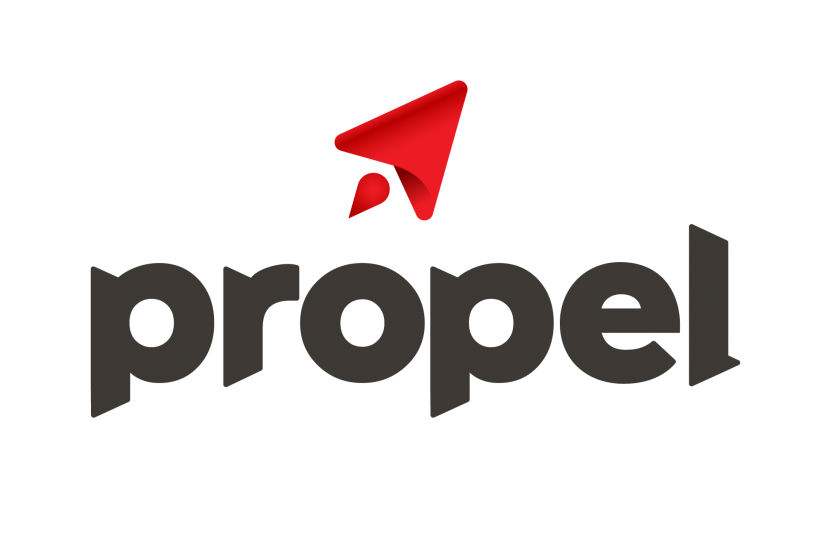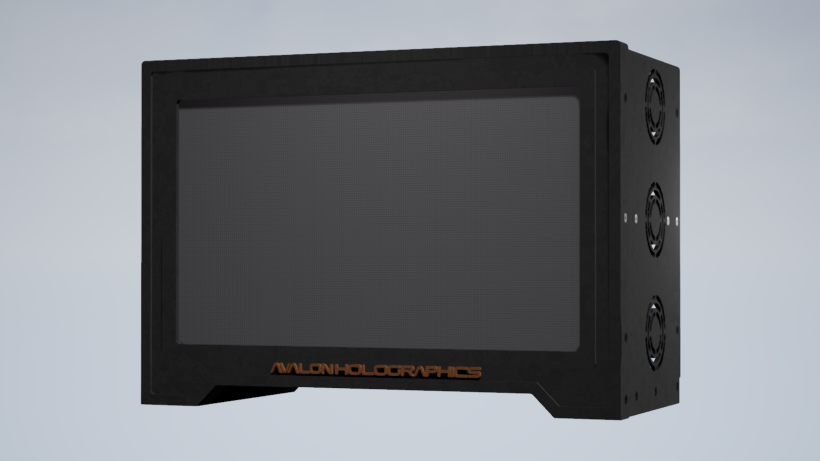St. John’s-based Avalon Holographics has released its first-generation prototype display – a 29-inch development system that represents a significant milestone for the five-year-old company.
Avalon’s long-term goal is to use hologaphics – three-dimensional images produced by disruptions in light beams – to revolutionize the way people use visual displays like computer screens, TV monitors and even cellphones. When Co-Founder and President Wally Haas lists its possibilities in the $150 billion market, he ends by adding, “and others not yet imagined.”
Haas and his team envisage a world in which we view things not on a two-dimensional screen but with three-dimensional images beamed from holographic display surfaces. People could use the technology without wearing a headset, like in virtual reality.
“Despite the challenges COVID-19 has presented, it’s an exciting time for our company,” said Haas in a statement. “Our prototype serves as proof of concept and we’re excited to show the world how natural 3D light field displays will change the way we produce, view, and understand visual content.”
He added: “Our goal is to fundamentally disrupt the $150 billion global display industry, and our prototype launch signals that we’re well on the way.”
The launch of its first prototype caps off a busy six months for Avalon Holographics, which included:
- The company was named to the C100’s 48 Hours in the Valley 2020 cohort, a prestigious program introducing Canada’s most promising startups to investors and industry executives in Silicon Valley;
- It was selected by the U.S. Air Force to attend AFWERX Fusion, where the company pitched its display solutions for the Base of the Future;
- And Avalon was selected by Global Affairs Canada and the Trade Commissioner Service for the 2020 Canadian Technology Accelerator in Silicon Valley, culminating with the company’s first appearance at the prestigious TechCrunch Disrupt conference.
"After seeing Avalon’s prototype, I was eager to share their vision with the radiology community and invited them to our advanced technology showcase at the Radiological Society of North America conference,” said Colin Holmes, Senior Director of Additive and Mixed Reality at GE Healthcare. “Beyond the ability to look ‘around’ the complex anatomical models generated by GE Healthcare's Advantage Workstation, there was enough space for several people to experience the 3D visualization simultaneously.”
Avalon Holographics’ prototype was designed in collaboration with partners in defense, medical imaging, and industrial design, where the company remains engaged in active projects. While these represent early target markets, the company says there are wide-scale future applications for the technology.
Avalon has participated in three Canadian federal government Innovation for Defence Excellence and Security projects, one of which has moved to a second stage. Since 2017, the Atlantic Canada Opportunities Agency has contributed more than $5 million to Avalon Holographics to support several projects.
“Our early adopters are on the forefront of their respective industries,” said Co-Founder and Vice-President of Business Development Russ Baker. “But the long-term potential and applications for our technology are tremendous – from both an enterprise and consumer perspective. We’re building light field displays that will eventually replace many of the screens that we use today.”










